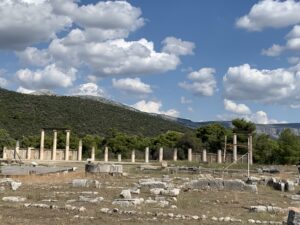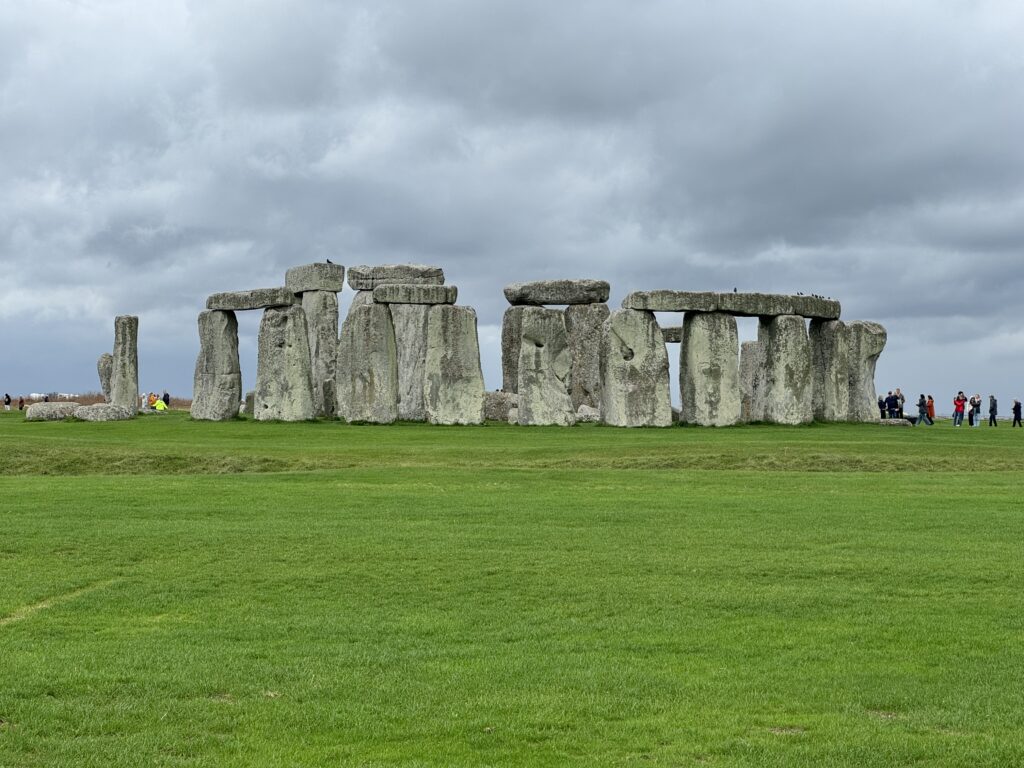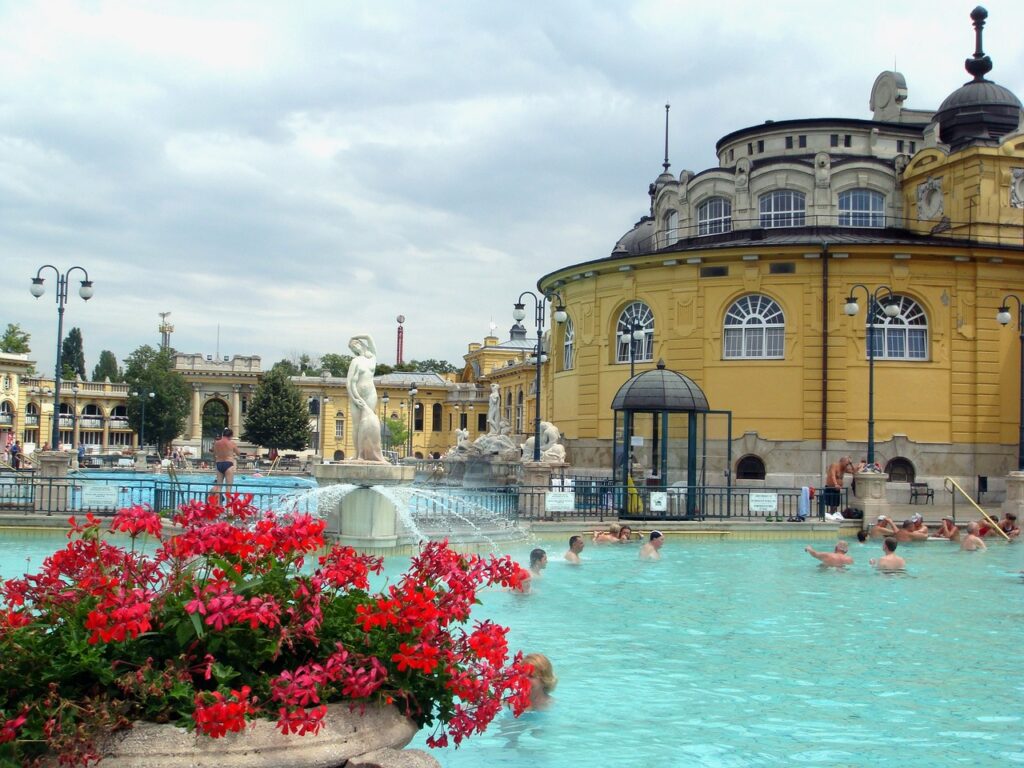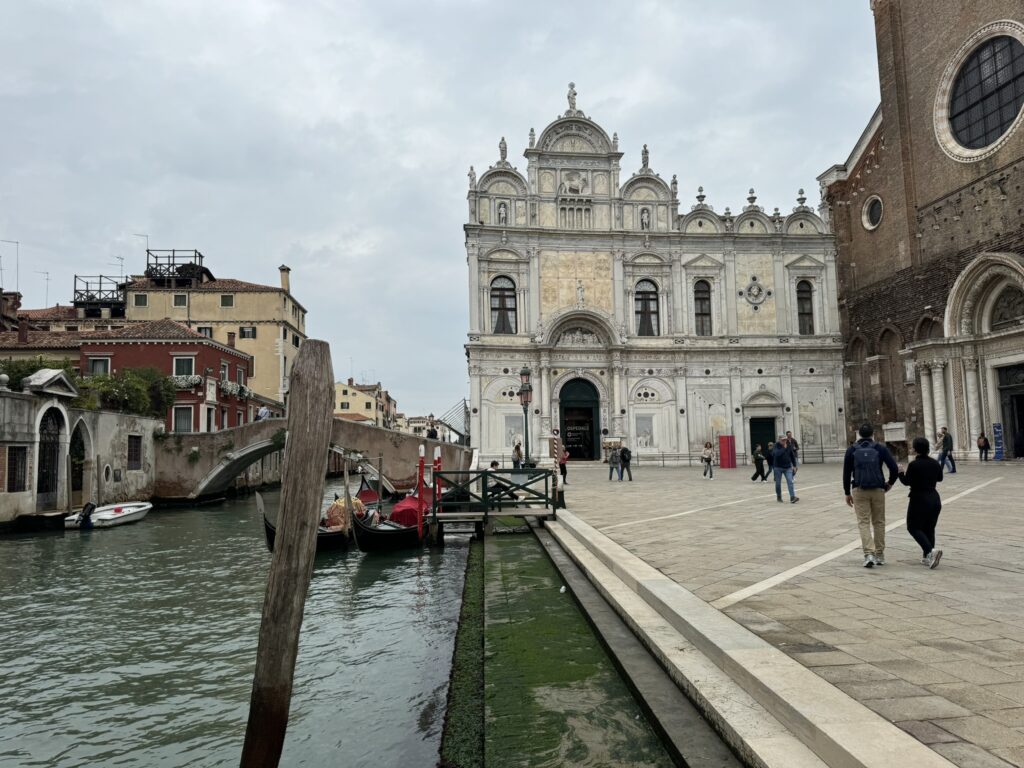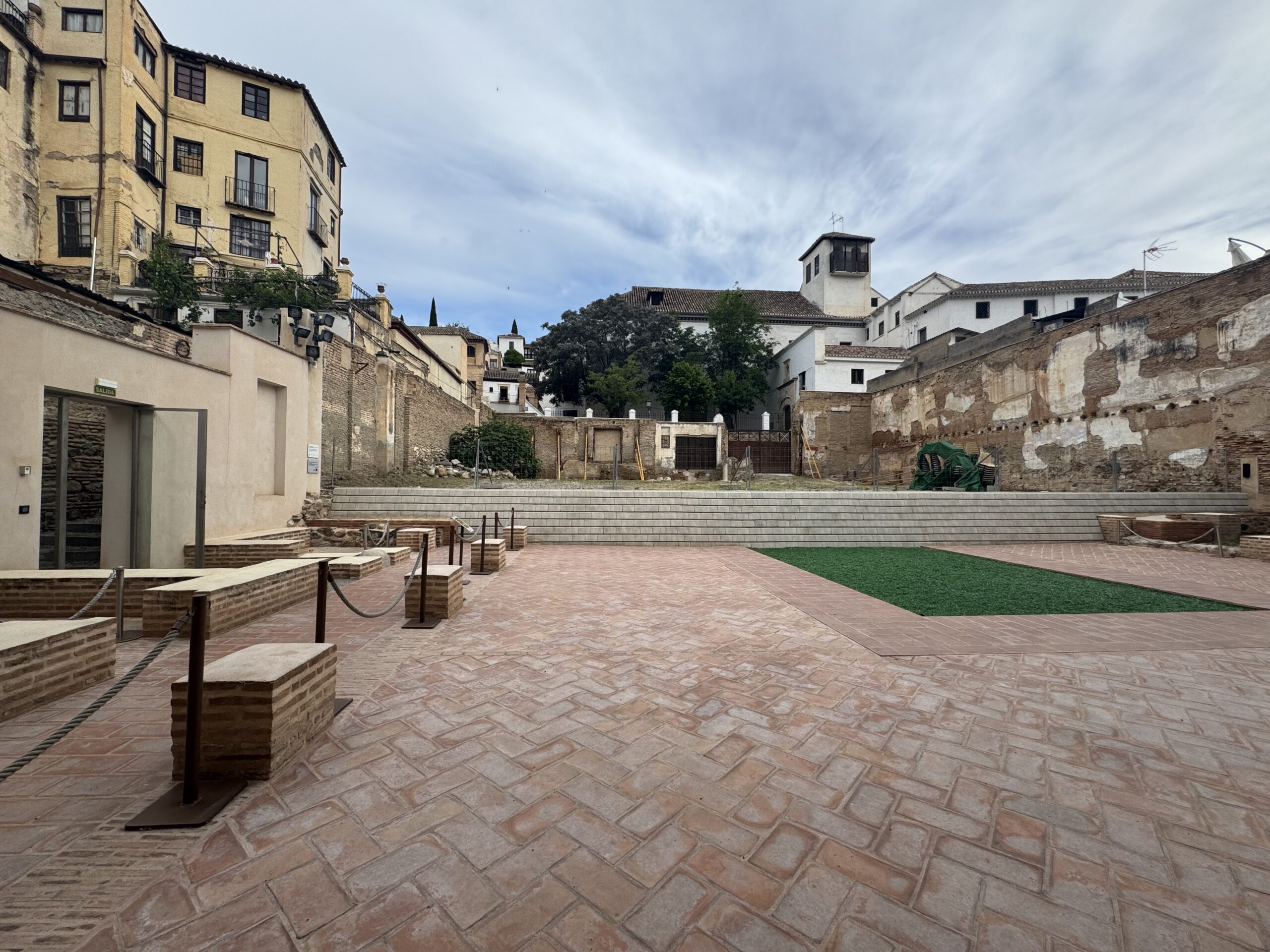Sites Visited in Italy, Spain & Portugal
Inspiration
Epidaurus in Peloponnese, Greece was my inspiration in deciding I would like to study historic healing places. At Epidaurus, there is an Asclepieon or center for healing which is really an archeological site of ruins or monuments. This site originates in 375 BC..
Epic Site of Stonehenge
One of the biggest mysteries of this prehistoric site is what is was for and how they brought the stones to the site.
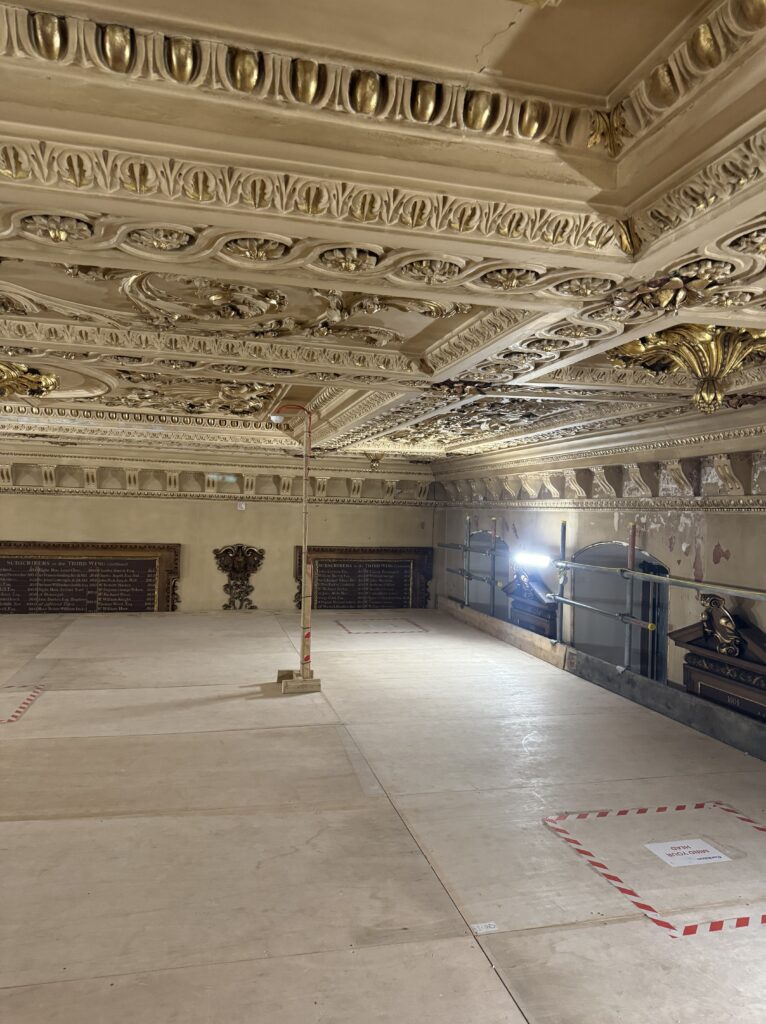
St. Bart’s Restoration Project
I was able to attend a tour of St. Bart’s Restoration project of the North wing and of their Great Hall and the Hagarth Stair.
Budapest, Hungary is known as the “City of Baths” thanks to its multitude of thermal baths, an important part of Hungarian culture. There are many types of baths in
Lake Bled is one of the most picturesque settings ever, which is why so many people travel to Slovenia to experience the site of the clifftop castle, the monastery on an island and to enjoy the lake waters unspoilt by powered-boats.
St. John and Paul’s Hospital (Ospendale Santi Giovanni e Pauolo) in Venice
This is the first real active hospital where the portion I am studying of the building is open to the public. The hospital is associated like so
A visit to Venice original site of Opsendale degli Incuribili, 10-1-24
Venice is one of the most unique cities of the world. it is a City not connected to the mainland, which was built using large trees, originally from Croatia, submersed under the
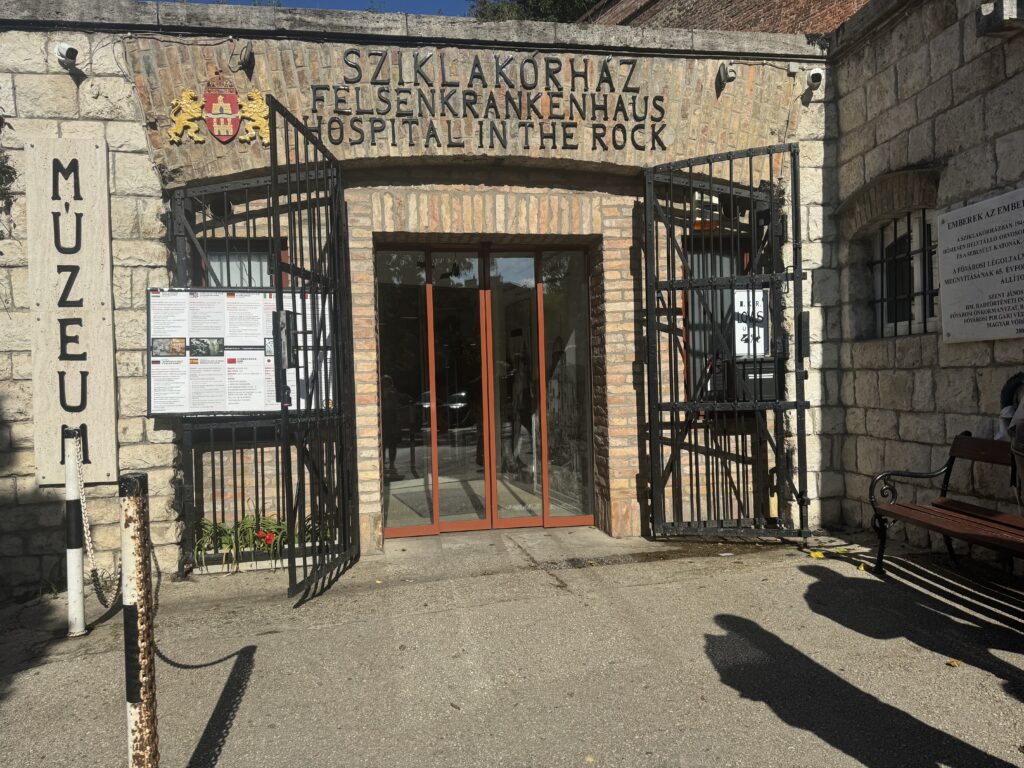
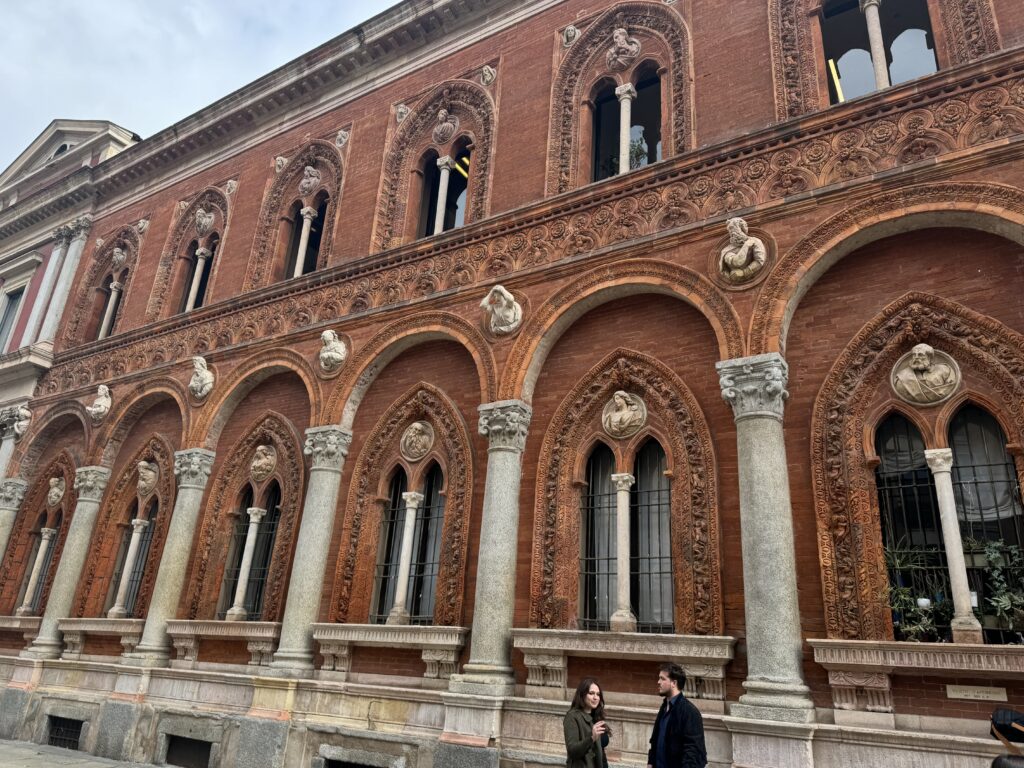
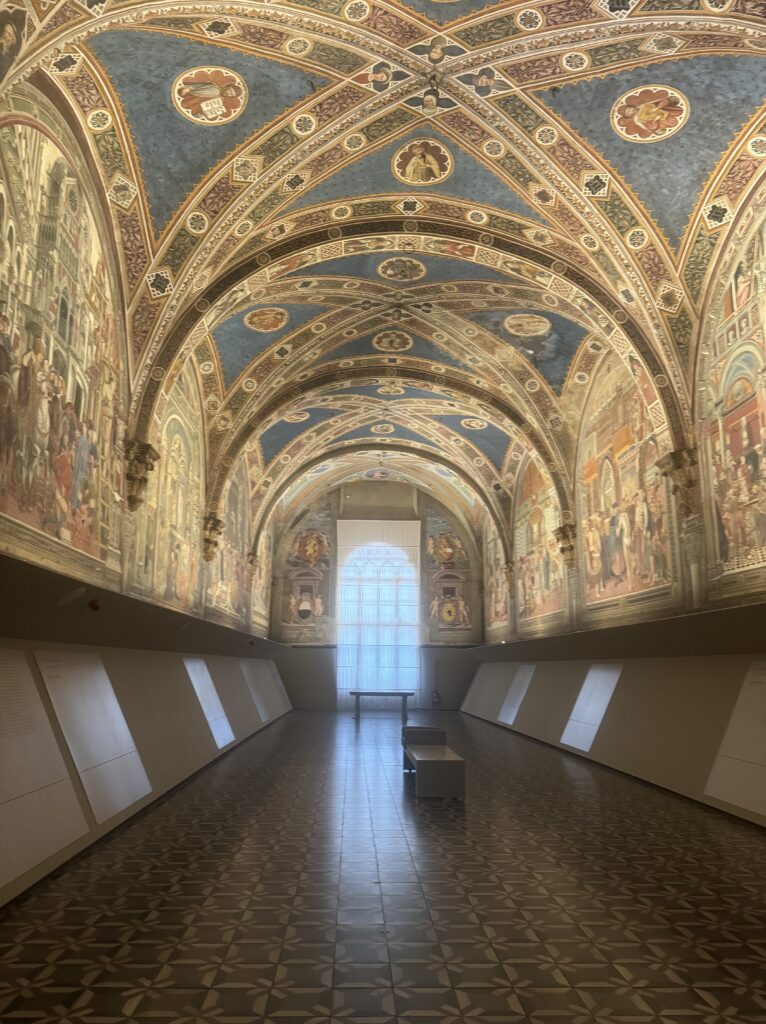
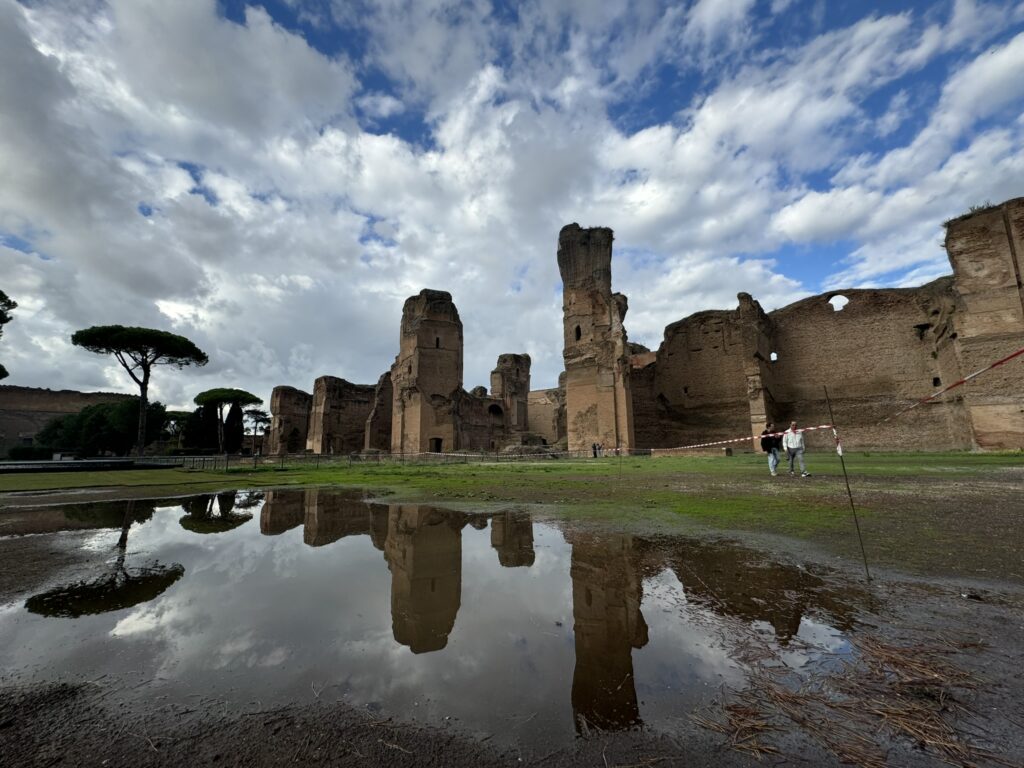
Hospital in the Rock, Budapest
I had just gotten through with seeing Buda Castle and Fisherman’s Bastion in Budapest “on the rock” just like most of the other tourists who joined me to see Hospital in the Rock, which is nestled into a cave in the side of “the rock.” I descended a long flight of stairs to get to it, and you can see its entrance here:
When I arrived at Ca’ Granda, I was actually recently lost and felt grateful to finally arrive where I was intending to go. As I approached, I ended up a the wrong entry and had to ask for directions (again), once I found the entry I noticed it wasn’t so obvious as an entry, and that the pathway
Santa Maria della Scala (St. Mary of the Ladder) sits atop Cathedral Hill in Siena and is a monumental complex. Once a medieval hospital, it is connected to the Francigena Route (the French road) which is a pilgrimage route between Canterbury, through France and Switzerland to Rome then to Apulia, Italy
Rome:
The Baths of Caracalla are the second largest ancient baths in Rome, the largest was the Baths of Diocletian but it no longer exists today as site resembling its original shape and function. The Baths are only about a 20 minute walk from the Colosseum but is nowhere near as popular a site
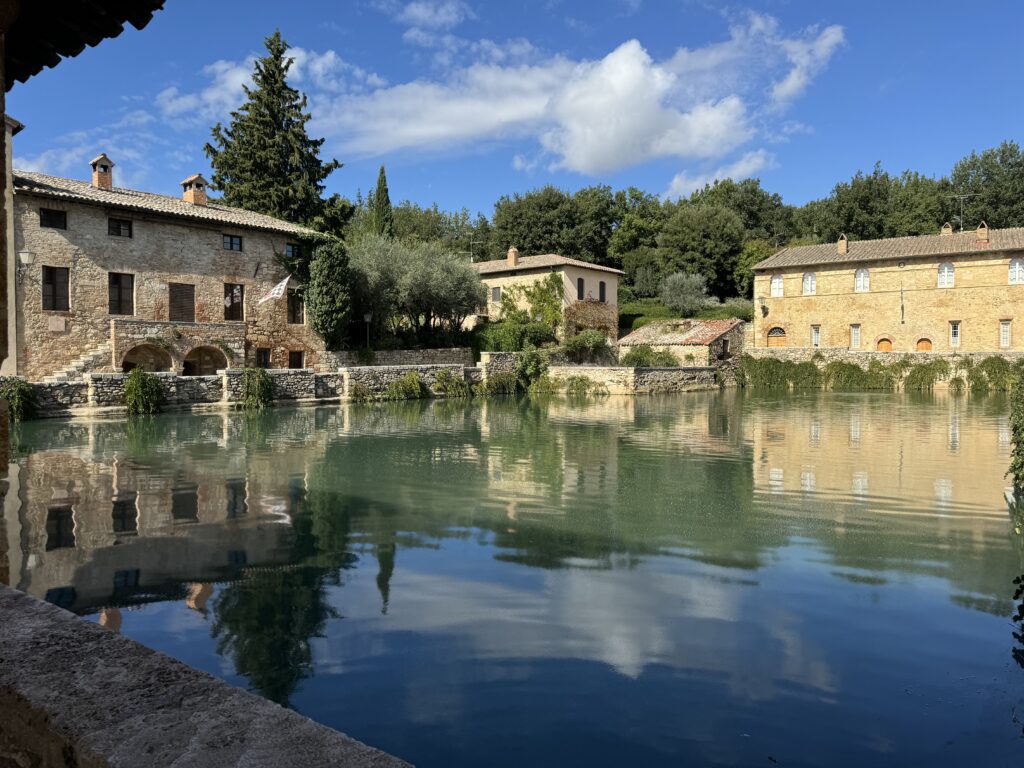
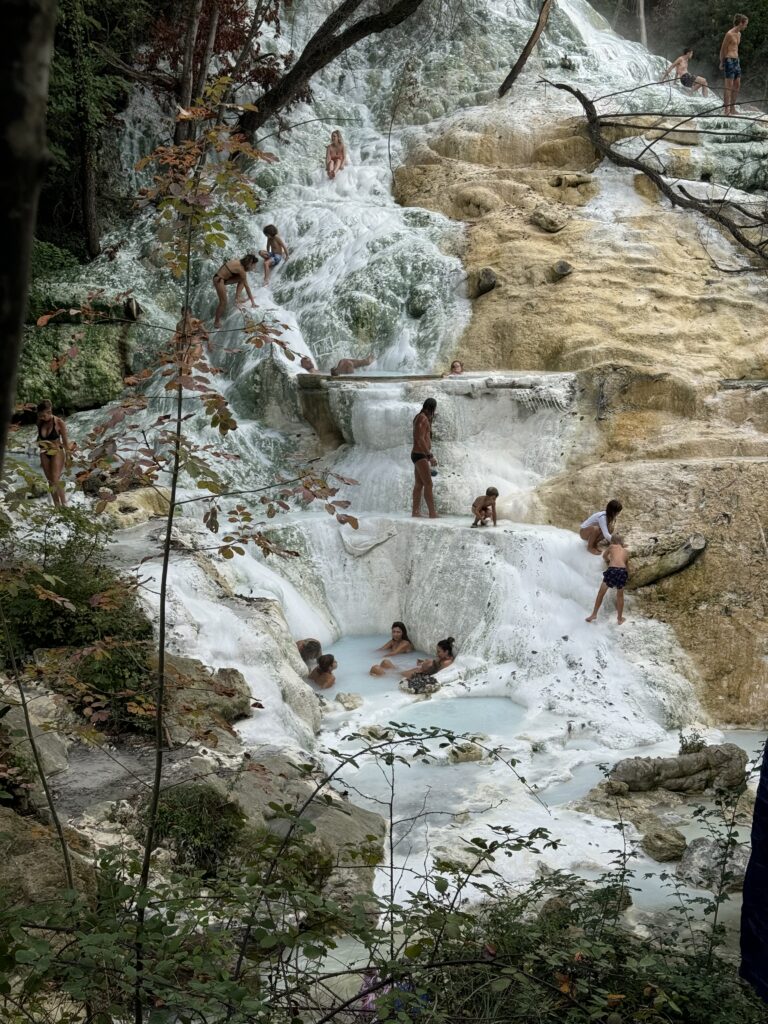
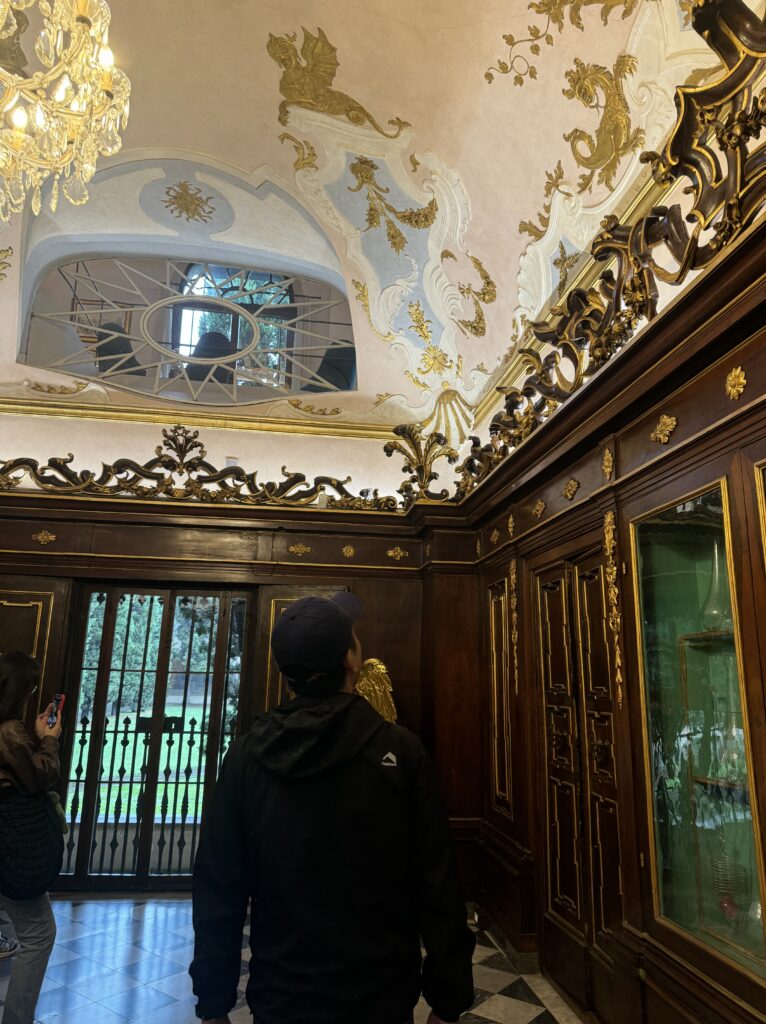
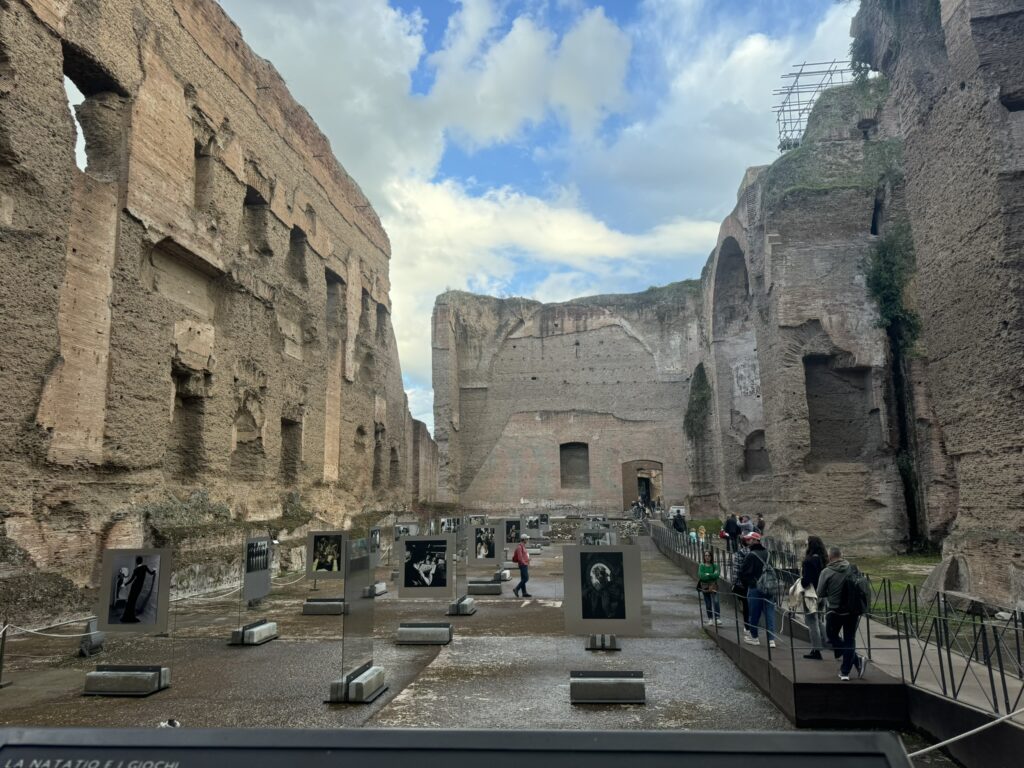
Bagno Vignoni is a village on a hill above the Val d’Orcia in Tuscany, the baths are hot spring fed pools which make this a much-visited site for centuries since the Roman times. These medieval baths, originating in the 16th century, are along the via Francigena pilgrimage route:
A visit to Bagni San Fillippo I enjoyed a relaxing drive through the Val D’orcia of Tuscany and to the small, charming village of Bagni where I parked along a steep incline and hiked down through woods to arrive at the rustic but relaxing-looking site of natural springs.
The Oldest Pharmacy in the World
The Santa Maria Novella Pharmacy located in Florence, Italy is known as the “Oldest Pharmacy in the World” and was founded in 1221 by the Dominican Friars associated with the Basilica of Santa Maria Novella.
Summary after Trip to Italy: Historic Healing Places (Part 1) I received he Florence G and Arthur A Fisher Travel Scholarship, and my proposal is to study historic healing places in Italy, Portugal, and Spain. The trip is to be divided into 2 portions, the first trip to Italy and the second will be next year to Portugal and Spain
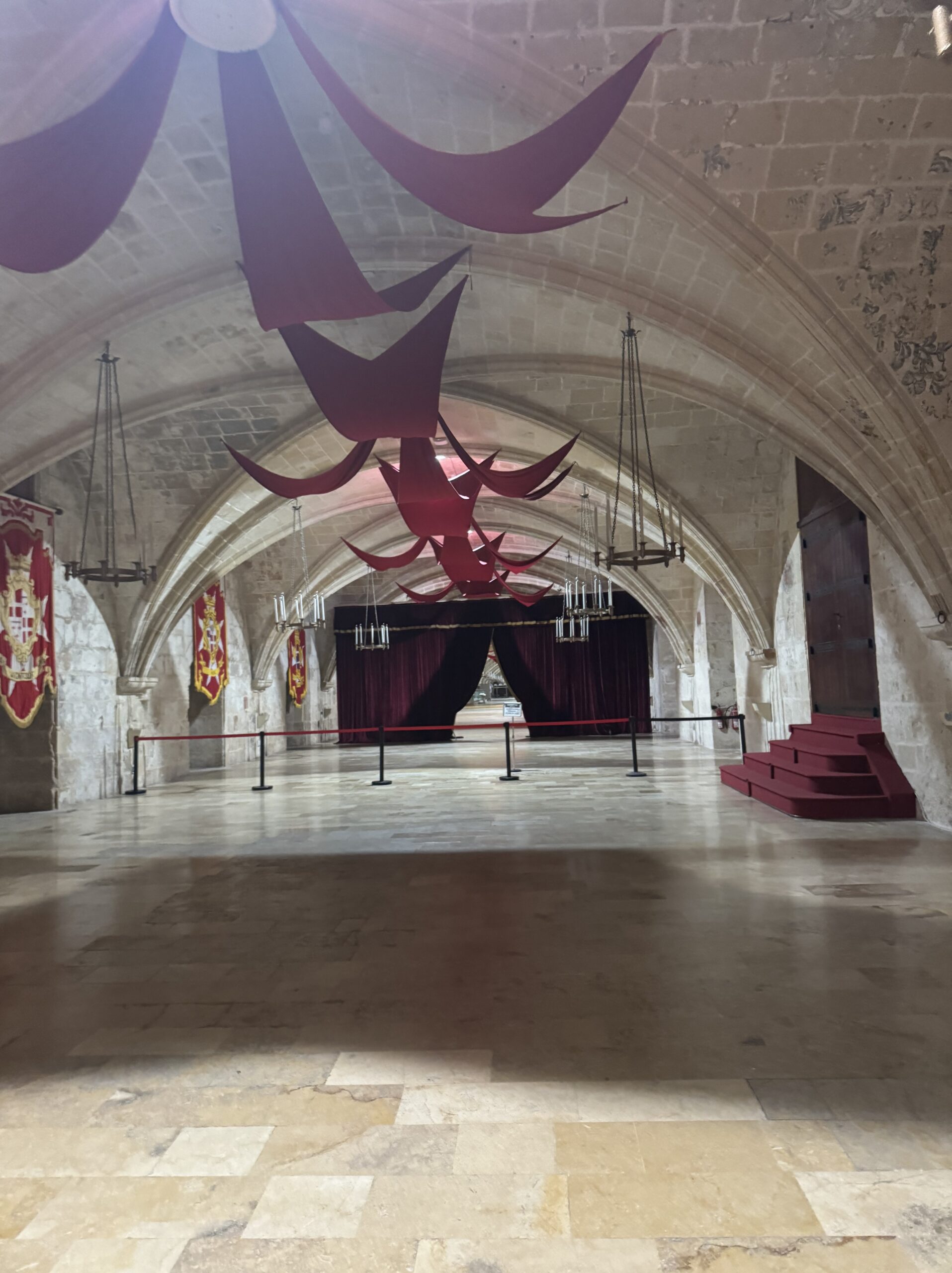
Sacra Infermeria Sacra Infermeria in Valletta, Malta (Knights of St. John’s)Valletta, Malta
The Sacra Infermeria in Valetta was a 16th century Hospital run by the Holy Infirmary of the Knights of St. John’s (or Knights Hospitaliers) and was for centuries, one of Europe’s leading hospitals.
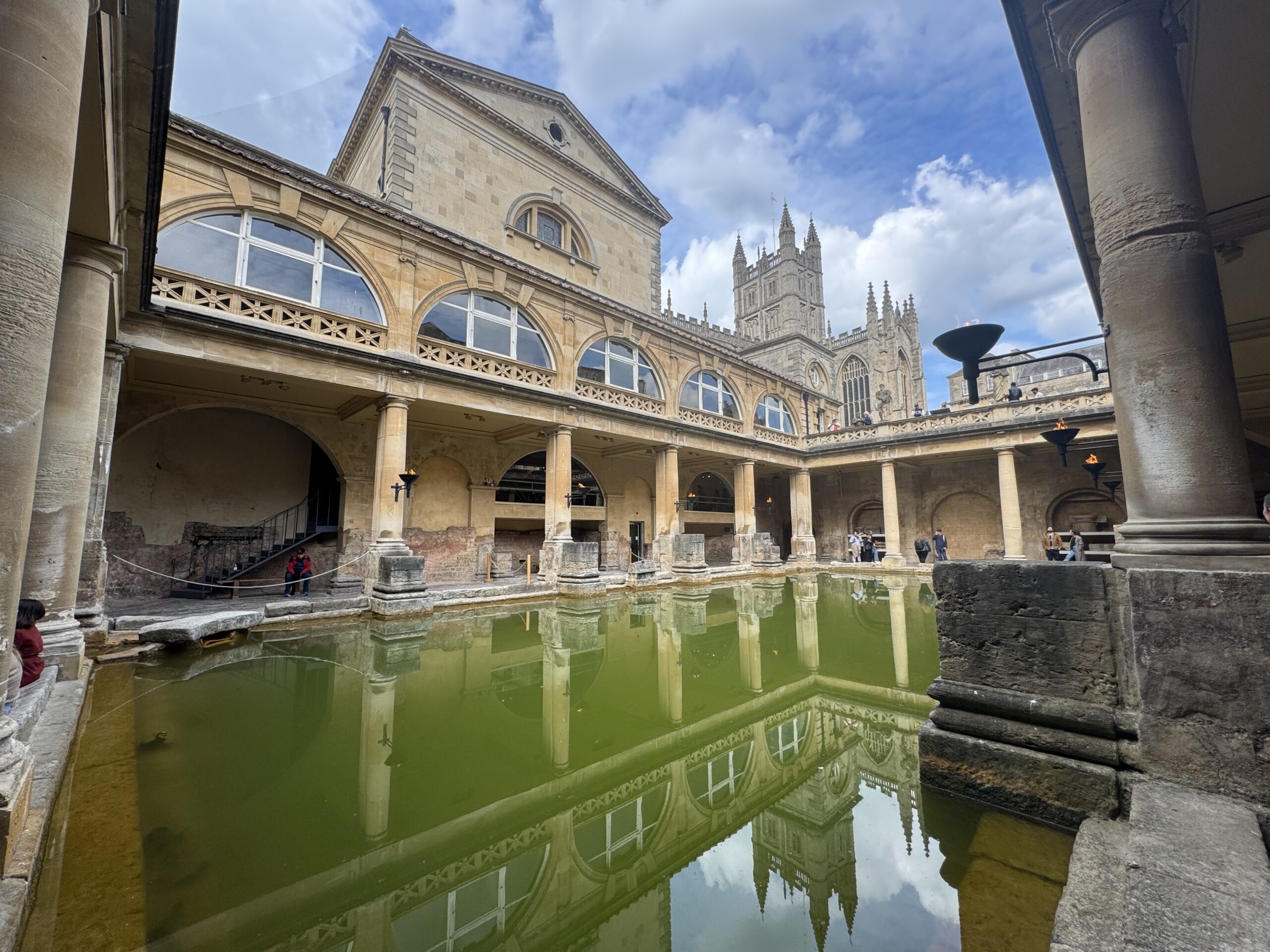
Roman Baths in Bath, England, UK
I recently took the second half of my trip to Europe to see Historic Healing Places in Italy, Portugal and Spain; the trip last Fall was to Italy and this trip from May 6-16 was to Spain and Portugal. So excited to be able to make these travels! The first sight I visited during the trip that was a Historic Healing Place was NOT in either of those countries, however.
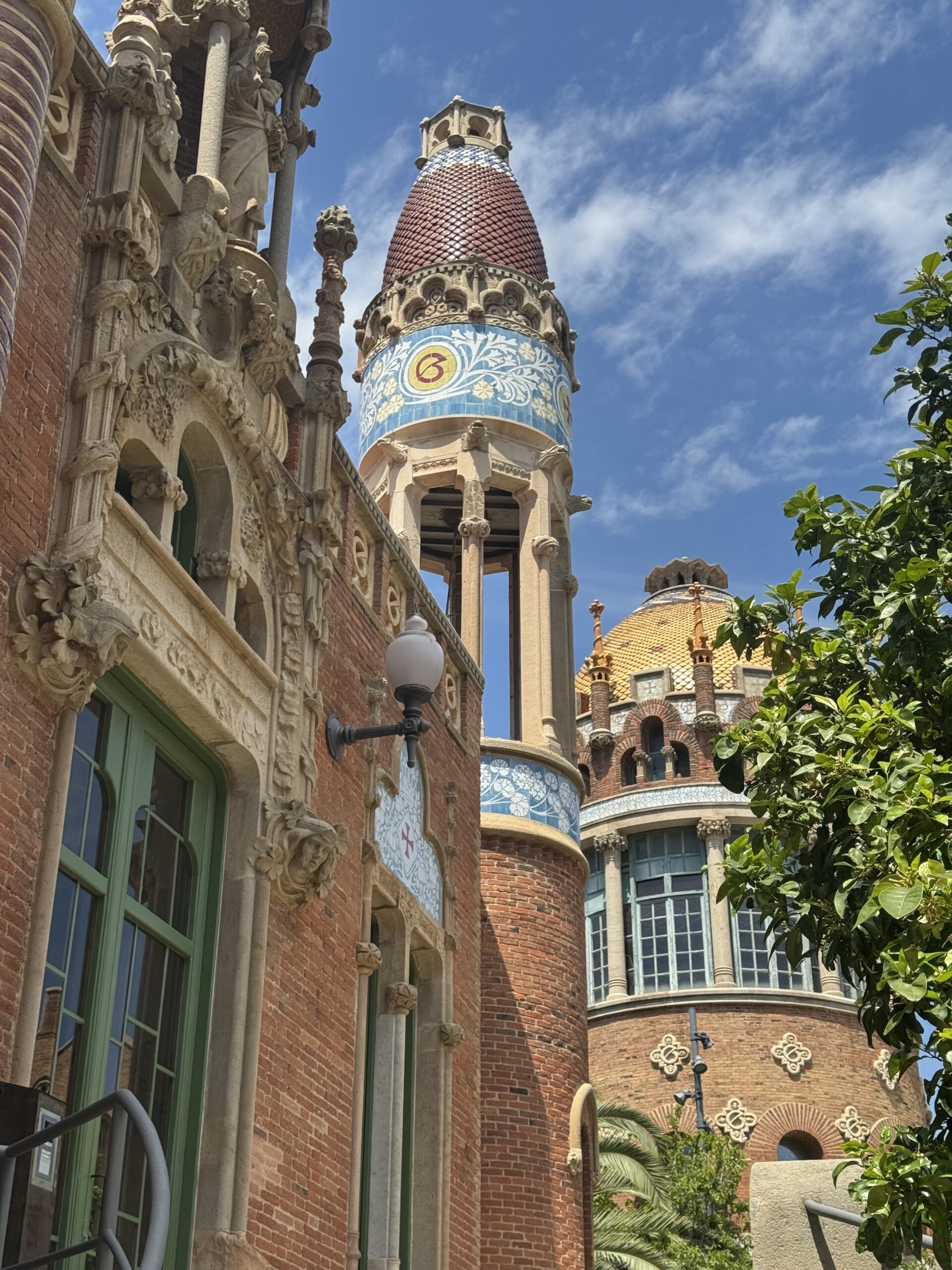
Recinte Modernista Sant Pau i Sant Creu of Barcelona
The Hospital de la Santa Creu I Sant Peu is an amazing historic hospital complex that is along a pedestrian, tree-lined avenue shared with Gaudi’s Sagrada Familia in Barcelona, Catalonia, Spain.
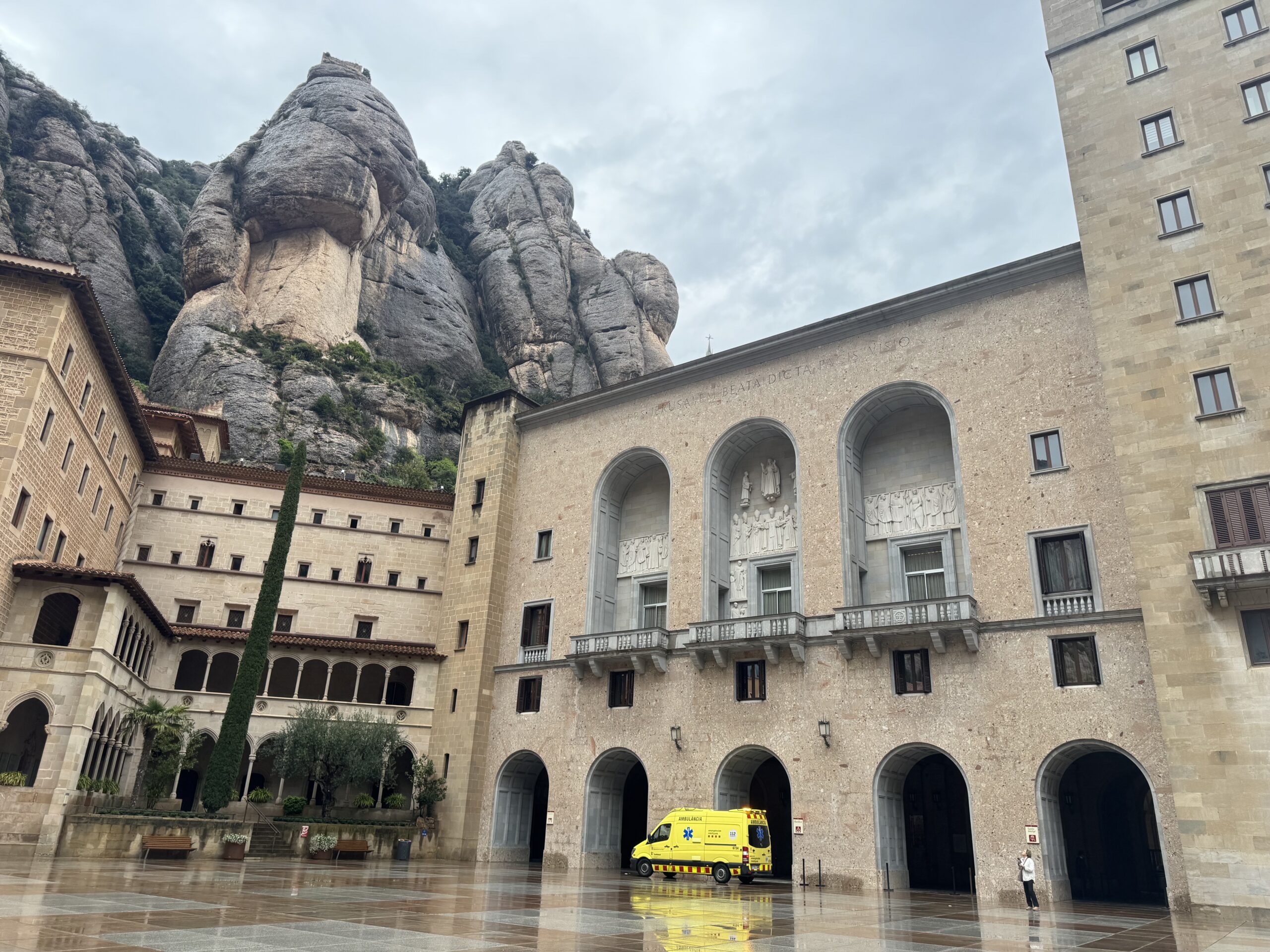
Santa Maria de Montserrat Abbey
After taking a train about an hour from Barcelona and in order to access this scenic mountainous area, visitors get a choice between taking a cogwheel train or a cable car up to the Abbey. This site has a history of over 1,000 years and is a well-known pilgrimage site to especially see the admired Black Madonna, also known as La Moreneta.
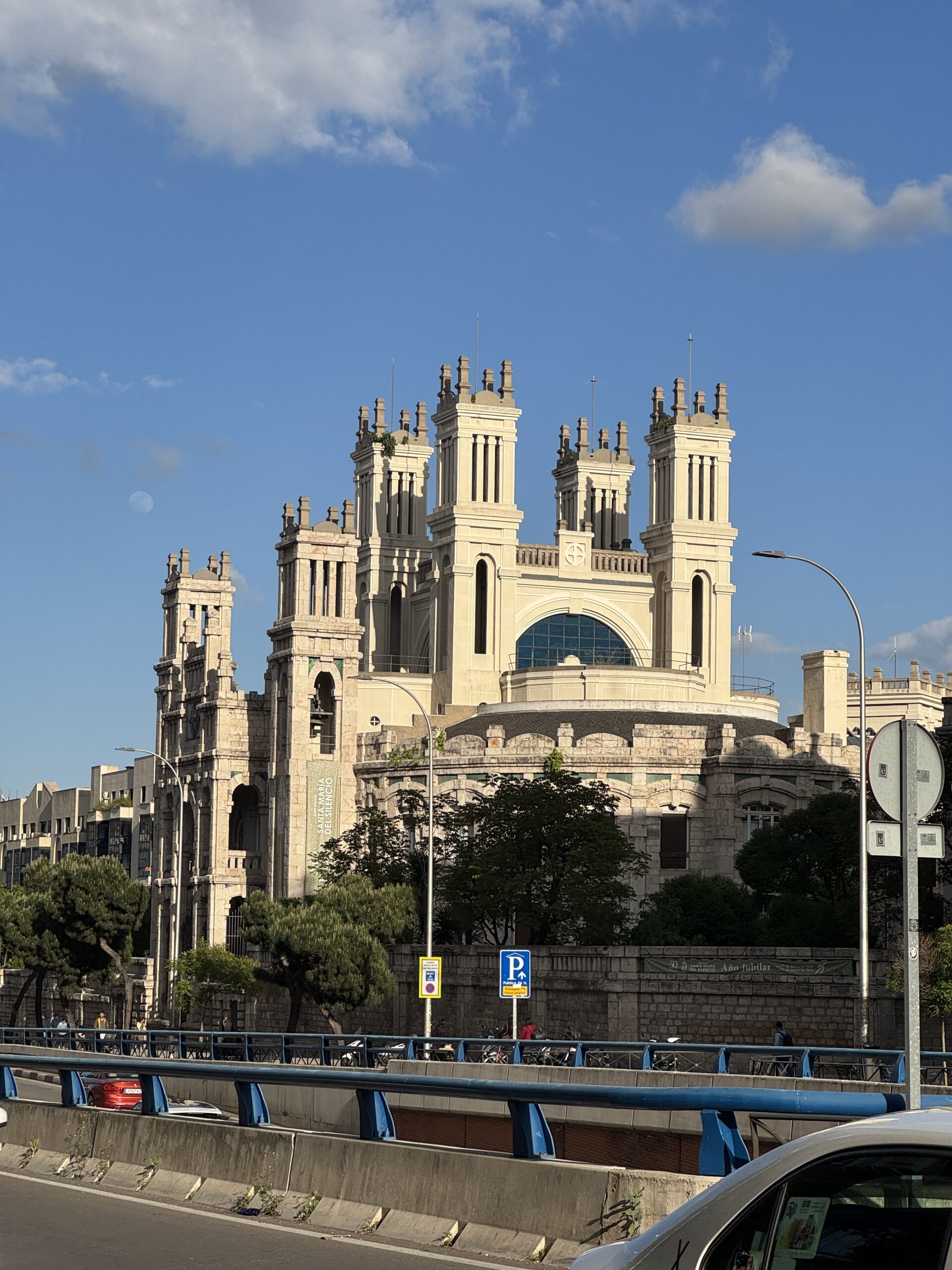
Laborers Hospital of Maudes, Madrid
The Laborers Hospital of Maudes decorates the skyline of Madrid, with its towers majestically rising visible from long distances on the busy arterial of C. D Raimundo Fernandez Villaverde.
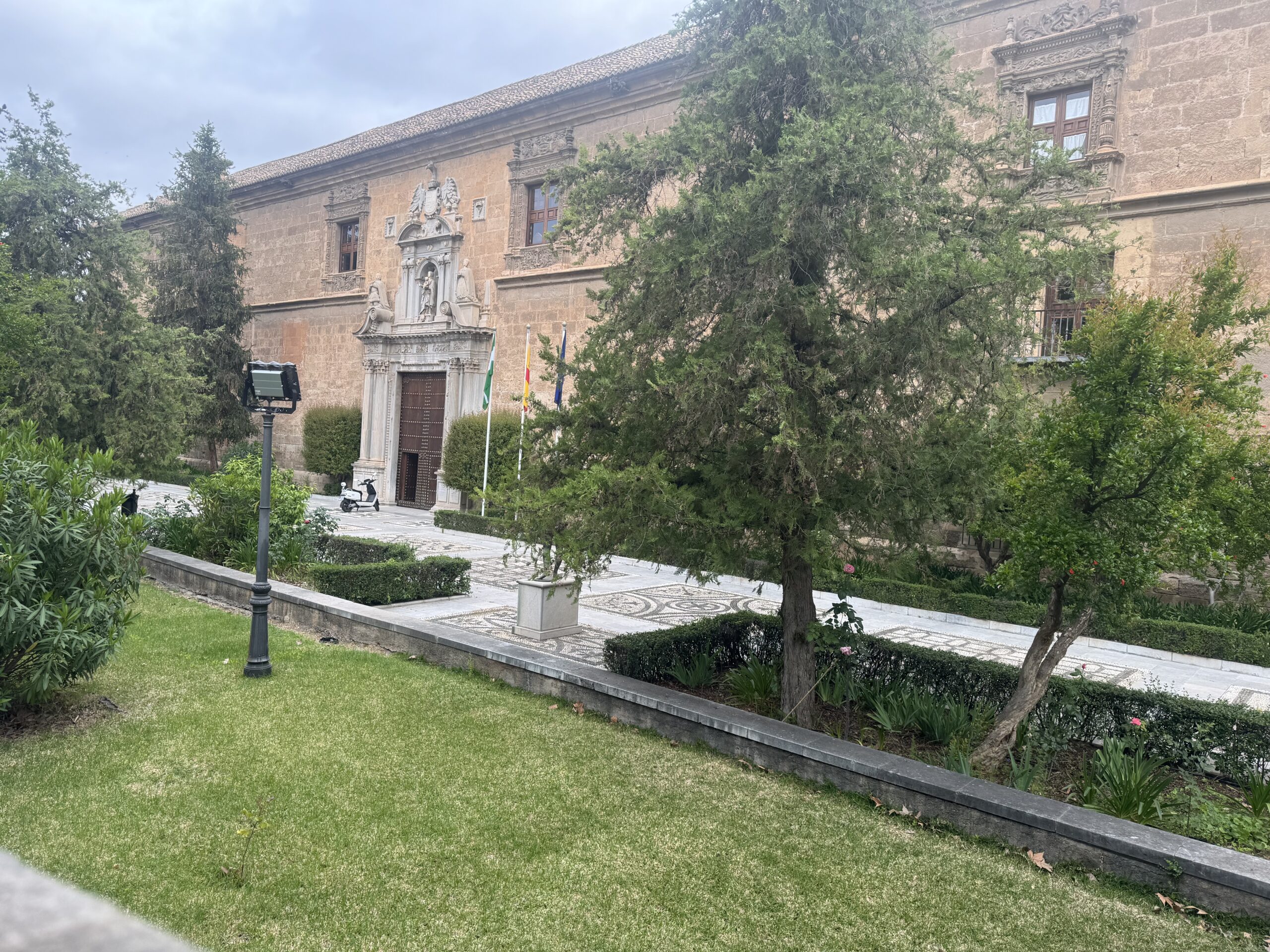
Hospital Real of Granada, located in the Albaicin district, was founded in 1504 at first to be the Royal Hospital of the Catholic Monarchs to be used to treat the wounded after the war of Granada, when the population of Granada was devastated with the number of sick and injured. It then later became a civil hospital used for a refuge and care center for people with mental health problems.
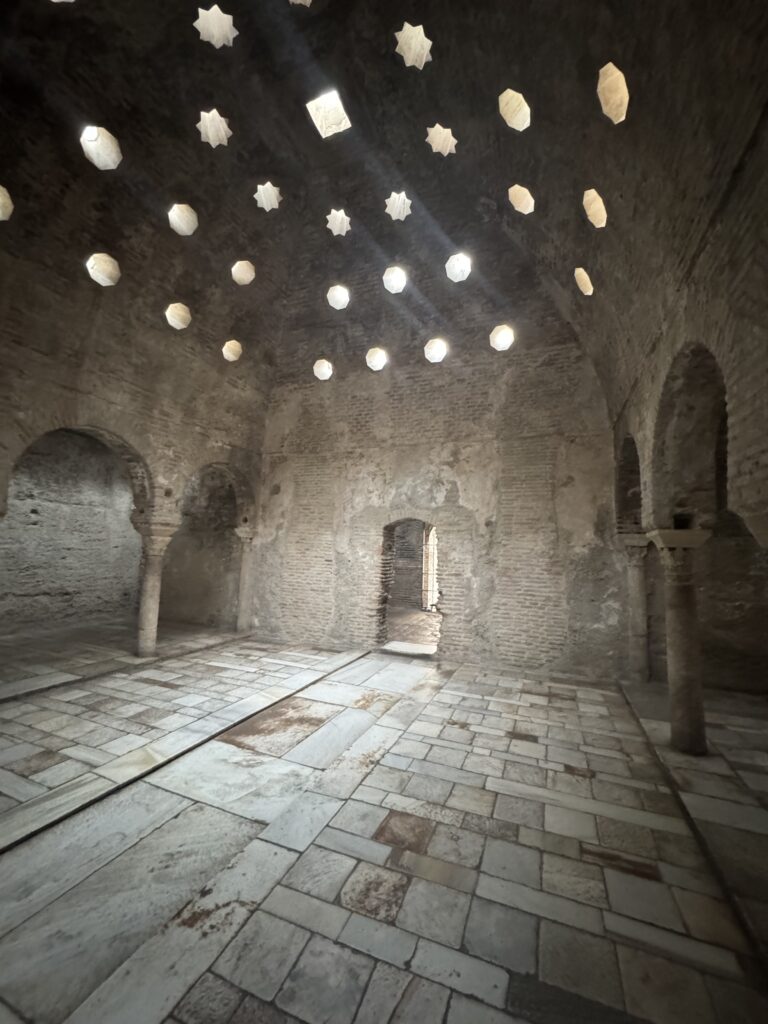
El Banuelo , also called Hammam Al-Yawza, is the best-preserved historic hammam from the Al-Andulus on the Iberian Peninsula and resides in Granada, Spain.
El Maristan, Granada was a Nasrid Hopsital from 1367-1494 then the Royal Mint of Granada from 1497-1685 until it was used for various purposes until 1843 when it was partially demolished. I”n 2005 it was declared an Asset of Cultural Interest with the category of monument.
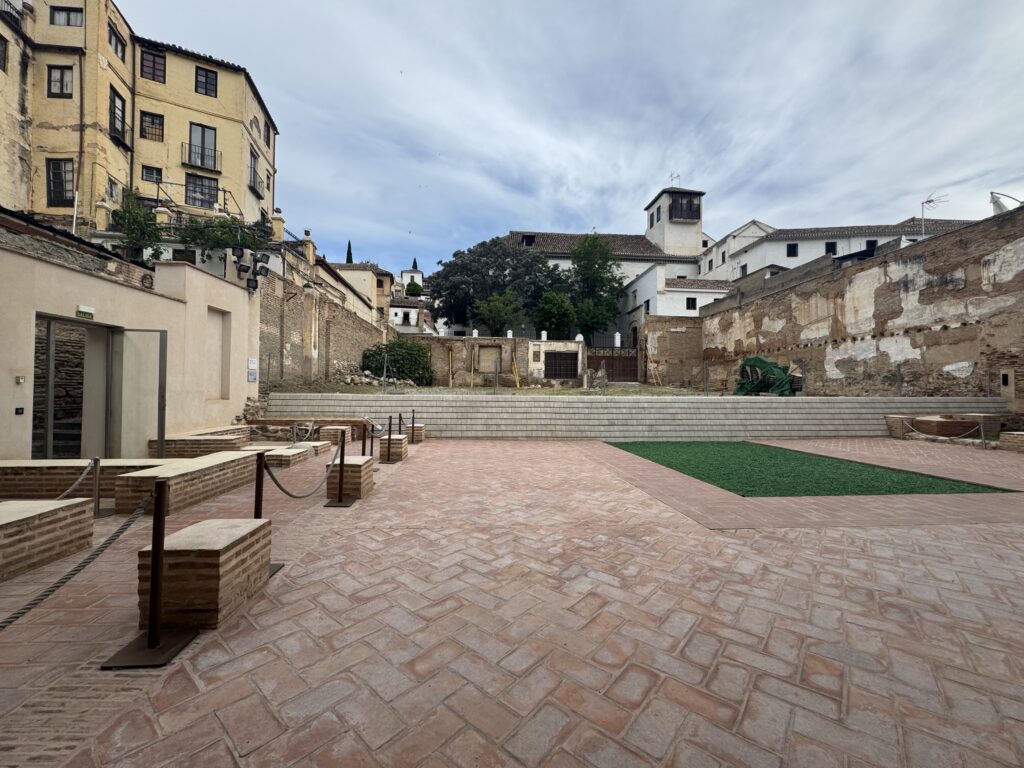
El Maristan, Albaicin, Granada
El Maristan, Granada was a Nasrid Hospital from 1367-1494 then the Royal Mint of Granada from 1497-1685 until it was used for various purposes until 1843 when it was partially demolished.
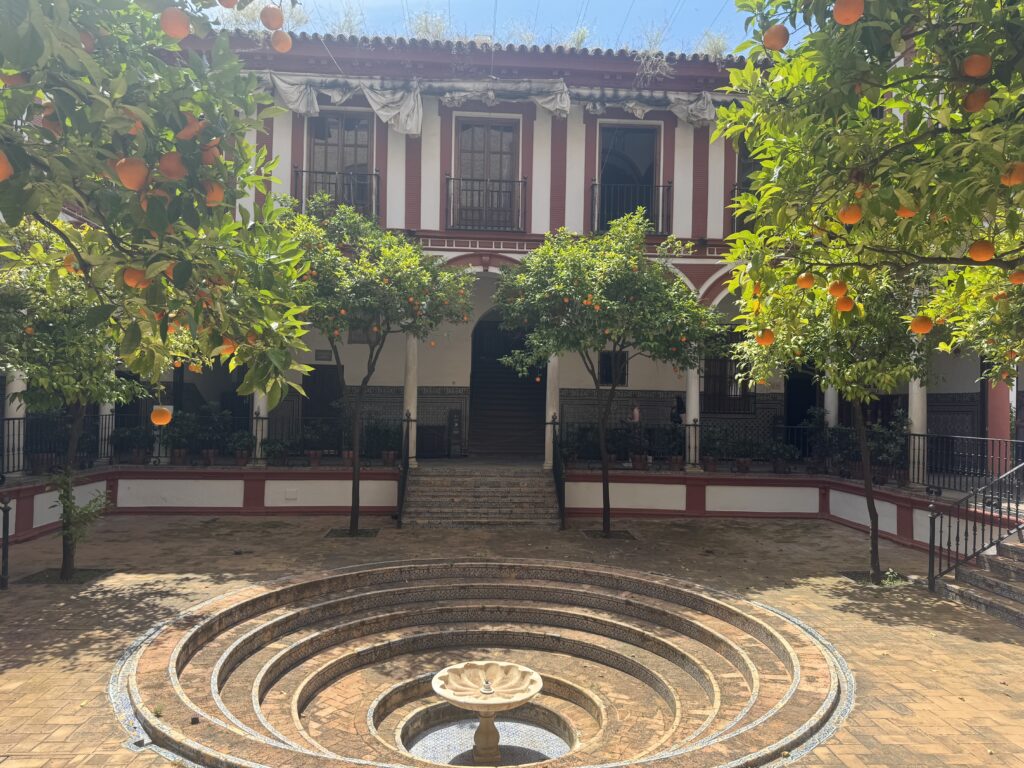
The Hospital de los Venerables, founded in 1675 by Justino de Neve, was built to care for elderly, sick and dying priests. It is a 2-story, baroque building that is within the historic old town of Seville.
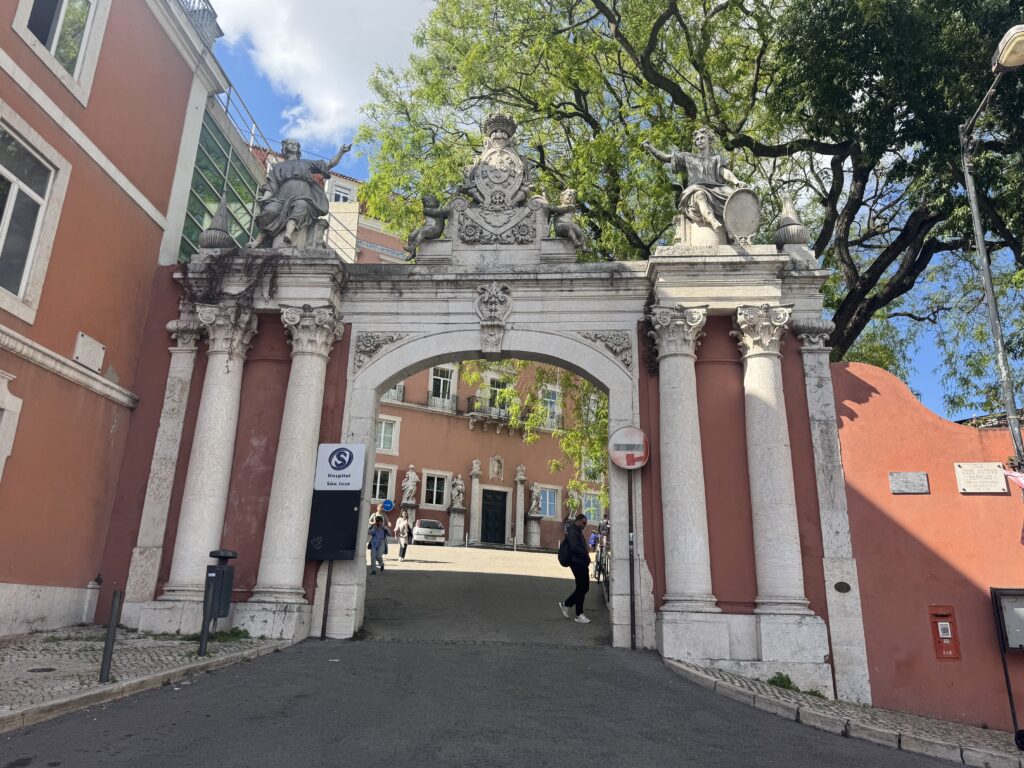
Hospital de Sao http://LisbonJose
he Hospital de São José, has a history that dates back to 1579 when the construction of the building was ordered by Cardinal Henry of Portugal to be a Jesuit-run College.
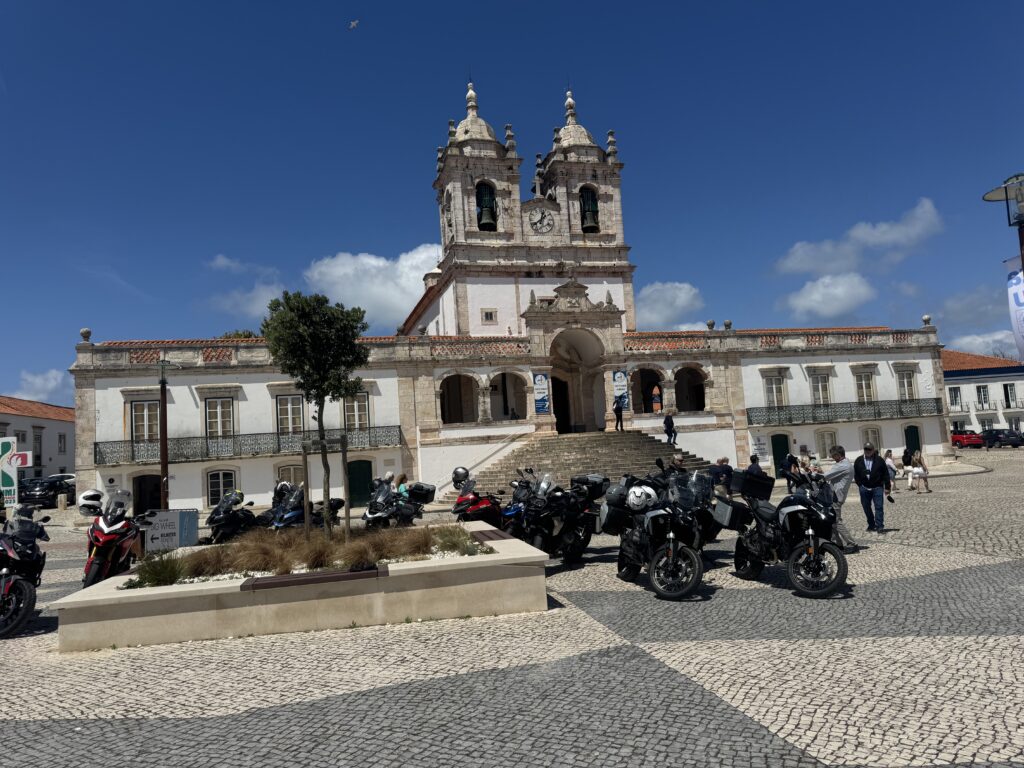
Centro Hospitalar Nossa Senhora da Nazare, Portugal
I took a daytrip tour from Lisbon to get to Nazare as a part of three places we’d visit that day. The reason for inclusion for the tour was most likely because Nazare is famous for the highest waves for surfing.
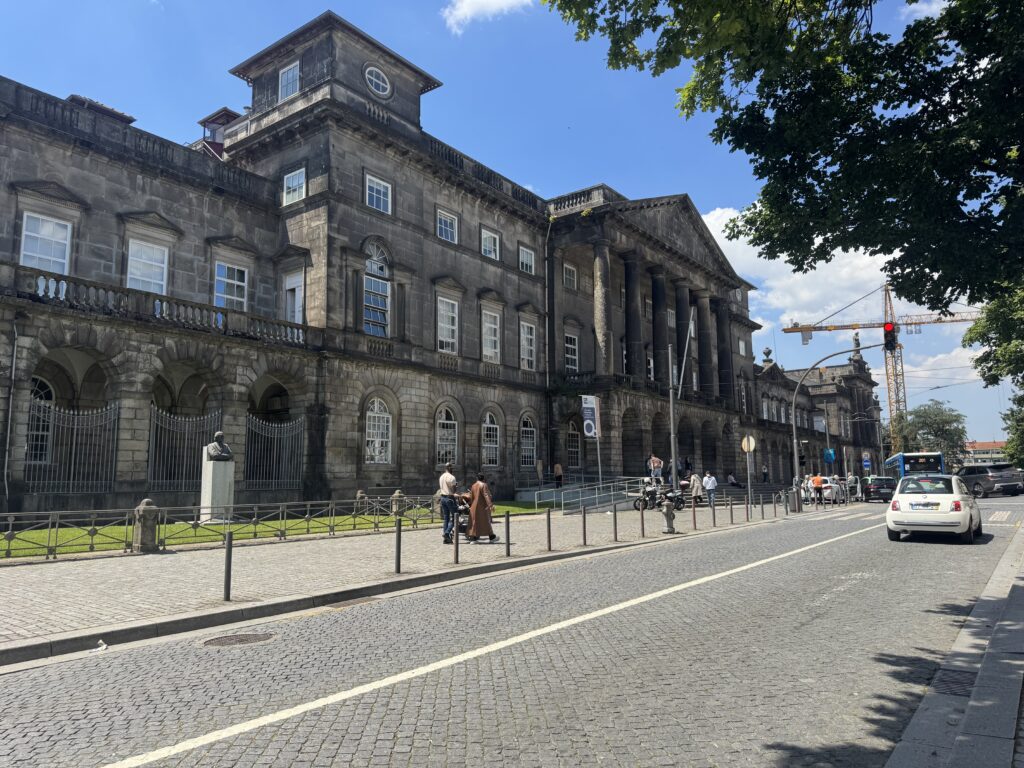
Hospital Santo Antonio in Porto, Portugal
he Hospital Santo Antonio if Porto is situated nicely across the street from Jardim Cordoaria and near other institutional, historical and well-preserved buildings. There are lively squares nearby and the site is well-connected to an activated area of Porto on R. Prof Vicente Jose de Carral.
x
x
x
